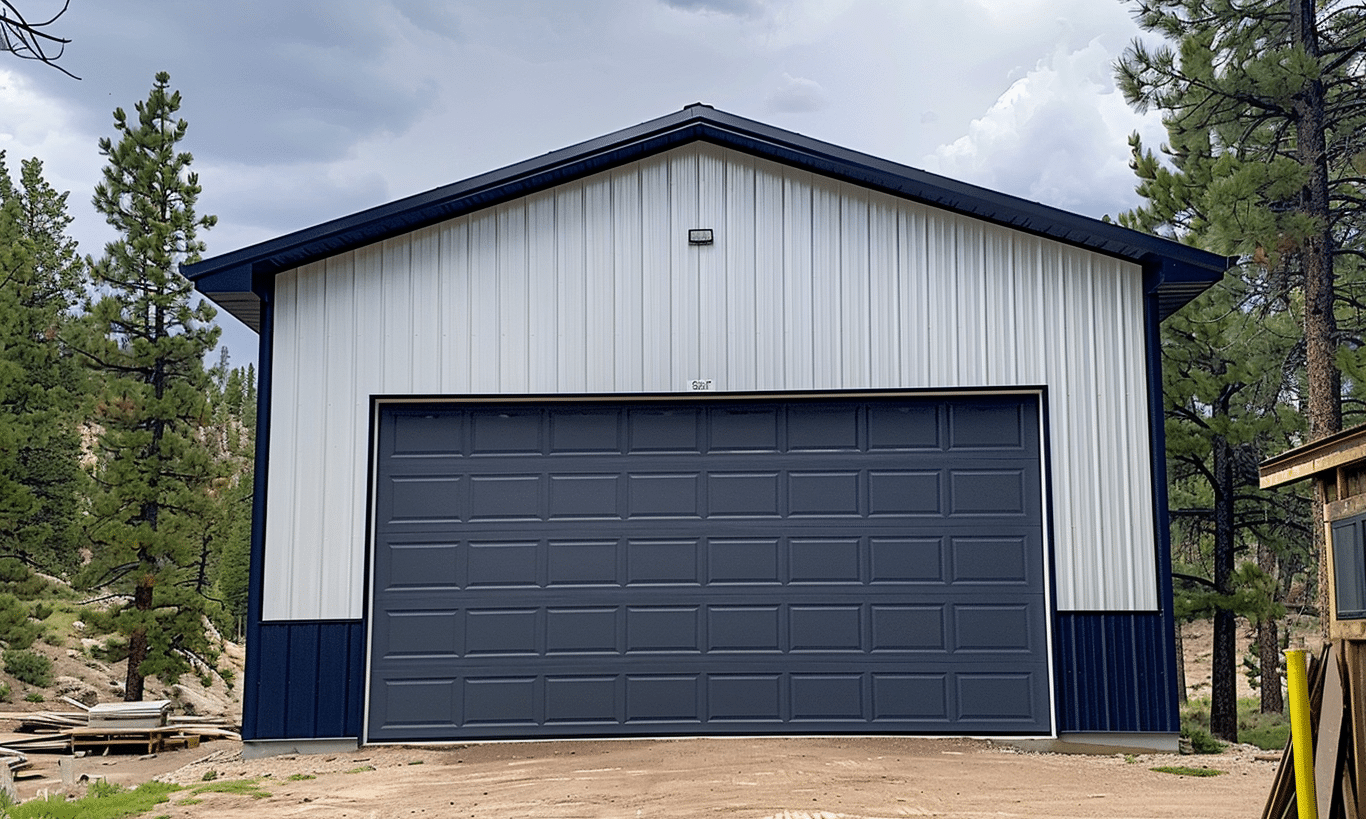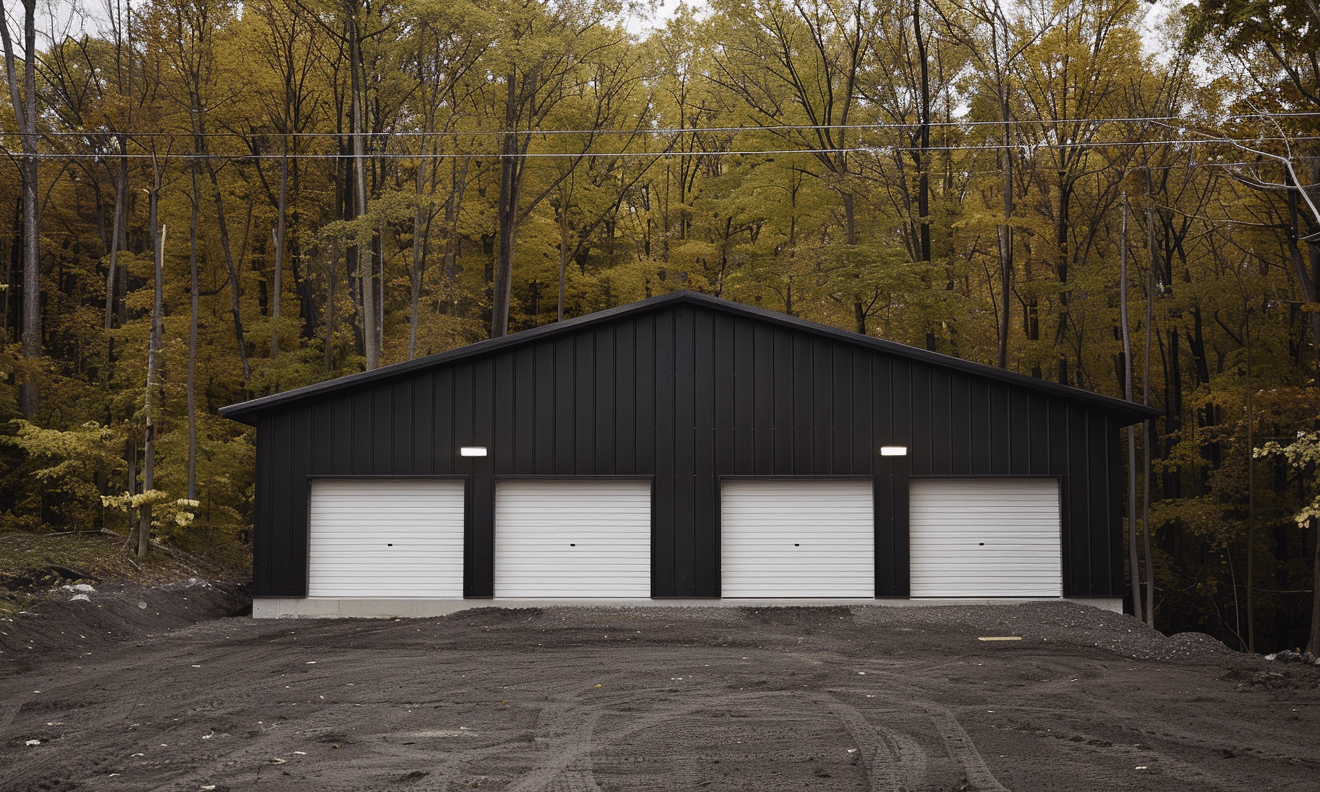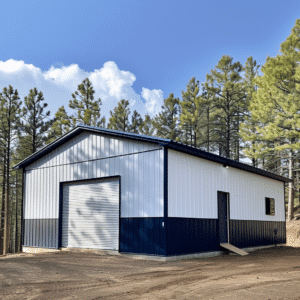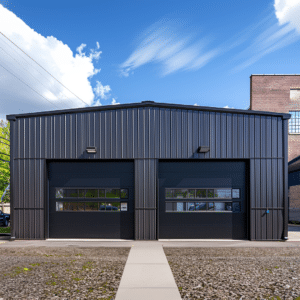In the world of construction, where steel beams and concrete foundations are the building blocks of our cities, there’s an often invisible, yet crucial ally that ensures safety, durability, and legality—building codes. These codes, though not as tangible as steel or cement, are the backbone of the construction industry, acting as the rules of the game. But why exactly is compliance with building codes so significant in construction?
Understanding Building Codes
Building codes are comprehensive sets of guidelines designed to ensure that structures are safe and secure for occupancy. They regulate the design and construction processes, detailing everything from electrical wiring standards to the structural integrity required to withstand natural forces like wind and earthquakes. Simply put, they are the unsung heroes behind every robust infrastructure. But let’s not just stop at understanding their role; let’s delve deeper into why maintaining compliance with these codes is not merely important but indispensable.
Ensuring Safety and Security
The primary reason building codes exist is to ensure the safety and security of the occupants. Think of them as the engineers behind the engineers—they might not lay the bricks, but they ensure those bricks are laid in the safest possible manner. Ensuring compliance means adhering to standards that prevent potential hazards such as structural failures, fires, or electrical malfunctions. This is particularly pertinent in steel constructions, where compliance ensures resilience against environmental stresses.
The Complex World of Compliance
Compliance in construction can be akin to navigating a labyrinth. With varying codes based on location, construction type, and usage, staying compliant requires meticulous planning and execution. In fact, understanding the nuances of compliance can often be the difference between a successful project and one that falls flat.
Decoding Construction Permits
Before construction even begins, obtaining the necessary permits is a critical step. Permits serve as a formal acknowledgment from local jurisdictions that your plans adhere to building codes. They’re the official thumbs-up that contractors need before breaking ground. For an in-depth perspective on their significance, consider exploring Construction Permits Explained.
Navigating Local and International Codes
Adhering to building codes isn’t just about following a universal standard. Local regulations might differ significantly, especially when building a steel structure in Ontario versus elsewhere. For instance, the Permits and Local Building Codes for Steel Buildings are tailored to address region-specific challenges such as climate conditions. Similarly, organizations like the International Code Council work toward harmonizing construction standards globally, providing comprehensive guidelines to foster uniformity in safety and efficacy.

The Role of Inspections and Documentation
Once construction is in progress, inspections play an integral role in maintaining compliance. Inspectors ensure that builders adhere to the approved plans and that construction quality meets the set legal standards. This process often involves thorough documentation to provide a record of compliance.
Why Inspections Matter
Inspections act as checkpoints in the construction timeline, ensuring that each phase meets regulatory standards before proceeding to the next. It’s a vigilant system that catches potential lapses early, preventing costly rectifications down the line.
Documenting Compliance
Detailed documentation serves as evidence of compliance. In scenarios where disputes arise—be it with the client or regulatory bodies—having a paper trail can prove invaluable. Proper documentation can include detailed logs, photographs, compliance certificates, and more.
The Cost of Non-Compliance
Ignoring building codes is akin to building a sandcastle on an incoming tide—doomed to collapse. Non-compliance doesn’t just jeopardize the safety of occupants; it also incurs financial penalties and legal battles that can drain resources.
Financial Implications
Regulatory fines are just the tip of the iceberg. Remediating non-compliant structures can be exorbitantly expensive, with costs potentially skyrocketing due to the need to demolish and reconstruct certain sections of the building.
Reputational Damage
Beyond immediate costs, failing to adhere to building codes can severely tarnish a construction company’s reputation. Trust is a vital currency in the construction industry, and non-compliance can deplete that resource faster than you might think.
Building Codes and Steel Construction
The steel construction domain, especially in areas like Ontario, follows specific regulations to address local environmental conditions. Companies like Your Building Team specialize in navigating these challenges, ensuring that projects align seamlessly with regional requirements.

Steel Building Kits Tailored for Ontario
In Ontario, steel building kits are developed with specific local building codes in mind. These kits ensure compliance right from the design phase, simplifying the construction process for builders and future occupants. To explore more options, check out the varieties of steel building kits Ontario has to offer.
Final Thoughts on Compliance
Building codes and compliance are not mere bureaucratic hurdles—they are foundational to creating safe, durable, and legally sound structures. Whether constructing a towering skyscraper or a modest steel garage, understanding and adhering to these codes is non-negotiable.
Conclusion
As we’ve journeyed through the intricate world of building codes and compliance in construction, it’s evident that these elements are indispensable. They are the silent guardians of every building, ensuring that structures stand the test of time while keeping us safe within their walls. In the fast-paced evolution of construction methods and materials, staying informed and compliant is key to not only meeting current standards but also anticipating future challenges. So, the next time you drive by a construction site, remember that beneath the surface lies a strategic dance of compliance and codes, leading to the safe habitats of tomorrow.











